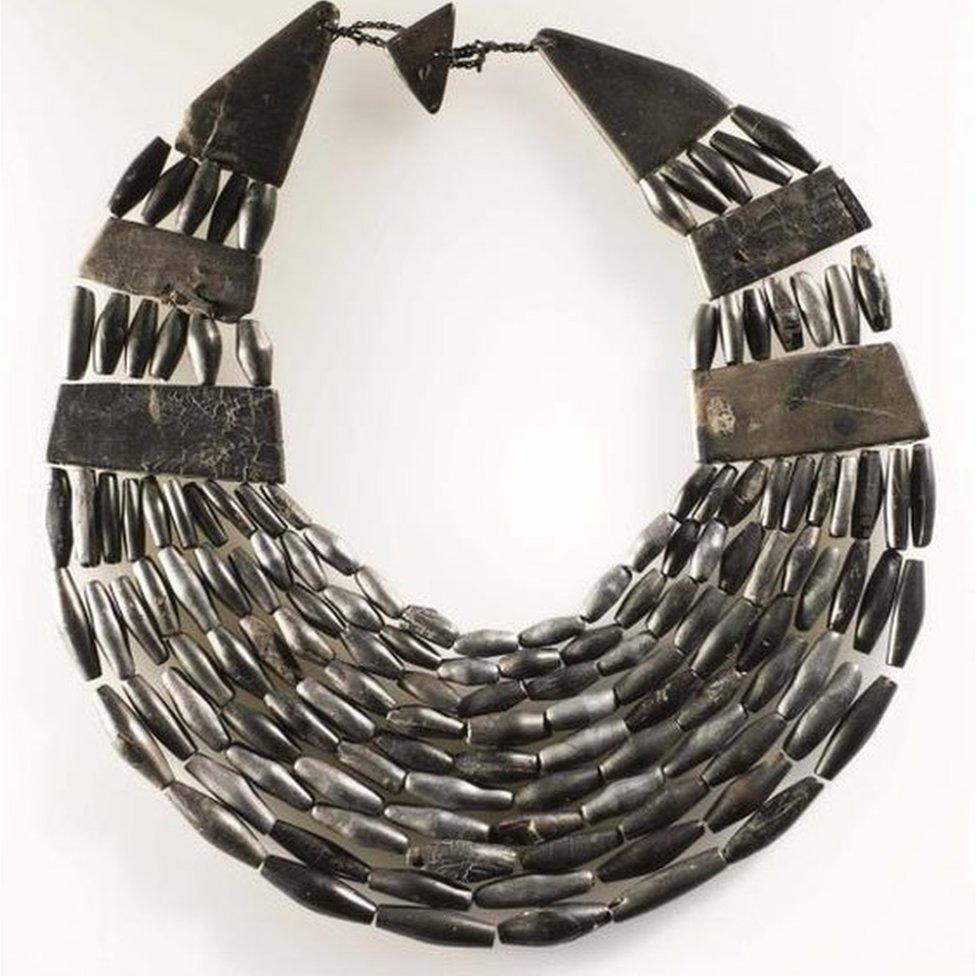Artefacts unearthed in Dunragit A75 road work go online
- Published

Full details of the finds at Dunragit have been published online
Details of archaeological finds unearthed during road work in south west Scotland have gone online.
The discoveries, made while the A75 Dunragit bypass was being built in 2014, included the earliest known house in the area - dating back 9,000 years.
Excavations by Guard Archaeology - working on behalf of Transport Scotland - made the finds.
They worked along the length of the route of the new bypass for 19 months to safeguard any important artefacts.
A range of artefacts were found along the route of the road
Full details of their findings have now been published online., external
As well as the house dating back to the Mesolithic period, they included:
Neolithic ceremonial structures dating from about 6,000 years ago
Two Bronze Age cemeteries, from about 3,500 to 4,000 years ago
An Iron Age village dating from about 1,900 to 2,200 years ago
They also unearthed a rare and complete 167-piece jet bead necklace and bracelet set thought to be from about 2,000BC and an Iron Age brooch along with Bronze Age cremation urns.
Work on the Dunragit bypass took about 19 months to complete
Transport Scotland said the publication of the findings provided a "fascinating glimpse" into the past which would have "remained uncovered" if the bypass work had not gone ahead.
Warren Bailie, Guard Archaeology's operations director, who led the excavations, said: "I am delighted that members of the public will have the opportunity to learn more about the lives of past generations who lived in the area.
"The excavations at Dunragit uncovered a depth of prehistoric archaeology spanning eight millennia, revealing the prehistoric heart of Galloway."
Transport Scotland said the discoveries would not have been made without the road work